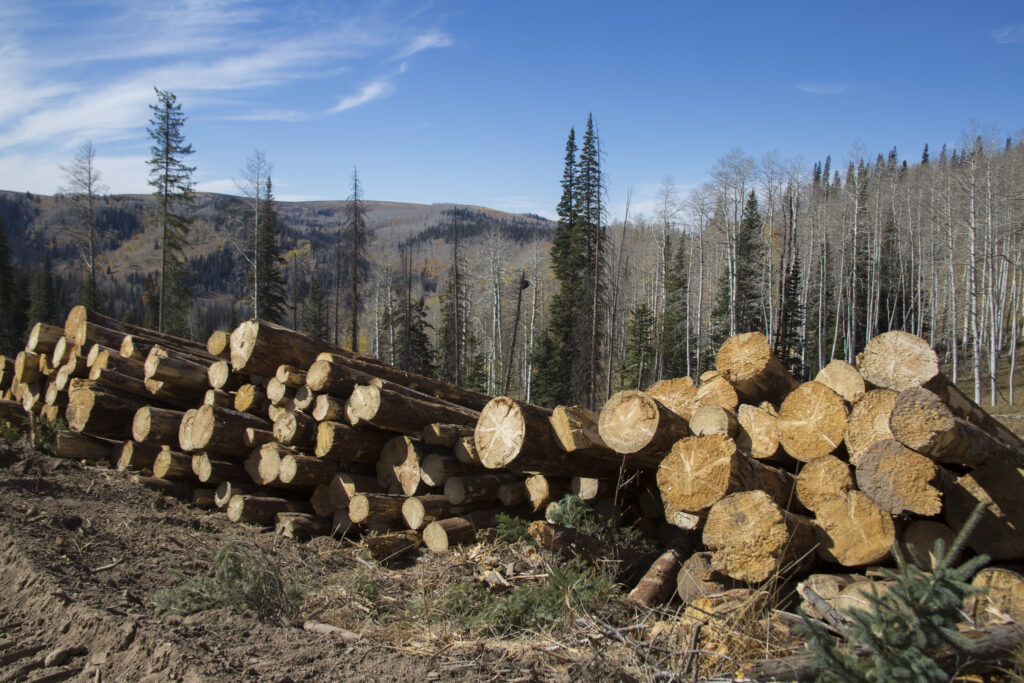
Plastic pollution is particularly pernicious because plastics can take hundreds of years to degrade in the environment. For this reason, researchers across the globe search for ways to shift from petrochemical plastics to ones that are biodegradable.
Producing biodegradable plastics is challenging both from the standpoint of the methods needed and from the results obtained. Producing them often requires toxic chemicals and can be very expensive. The materials that emerge often do not have the durability and strength of conventional plastics and can be unstable when exposed to moisture.
Researchers at the Yale School of the Environment have developed a process of decomposing the porous matrix of natural wood into a slurry that can be formed into a biodegradable plastic. The material shows high mechanical strength, stability when holding liquids, and is resistant to the effects of ultraviolet light. Along with all these favorable properties, the material can be recycled or safely biodegraded in the natural environment.
The slurry mixture is created by taking wood powder – a processing residue usually discarded in lumber mills – and deconstructing it with a biodegradable and recyclable solvent. The resulting mixture has a high solid content and high viscosity and can be casted and rolled without breaking.
The researchers conducted a comprehensive life cycle assessment to test the environmental impacts of the bioplastic compared with conventional plastics. Sheets of it were buried in soil and observed to fracture after two weeks and completely degrade after three months. The material can also be broken back down into the slurry by mechanical stirring.
The remaining topic to investigate is the potential impact on forests if the manufacturing of this bioplastic is scaled up.
**********
Web Links
Photo, posted October 12, 2016, courtesy of the US Forest Service via Flickr.
Earth Wise is a production of WAMC Northeast Public Radio.
Leave a Reply